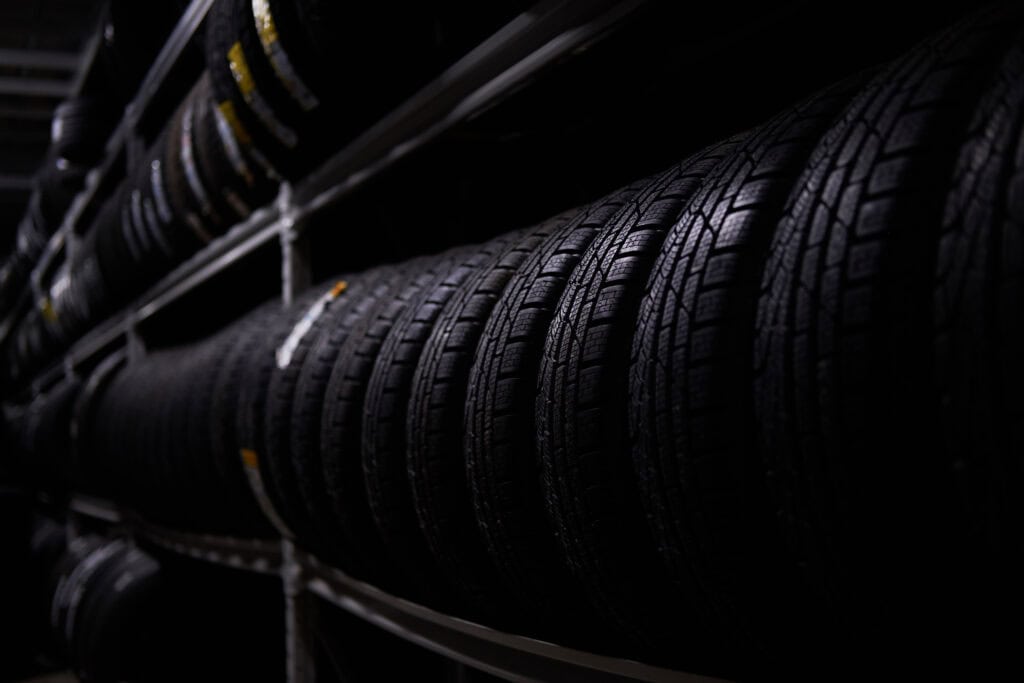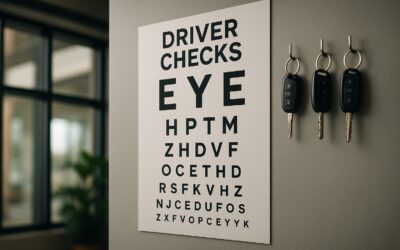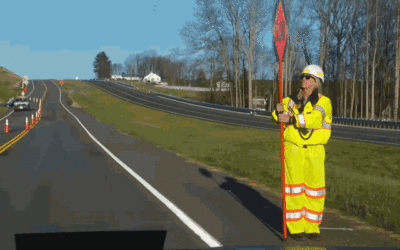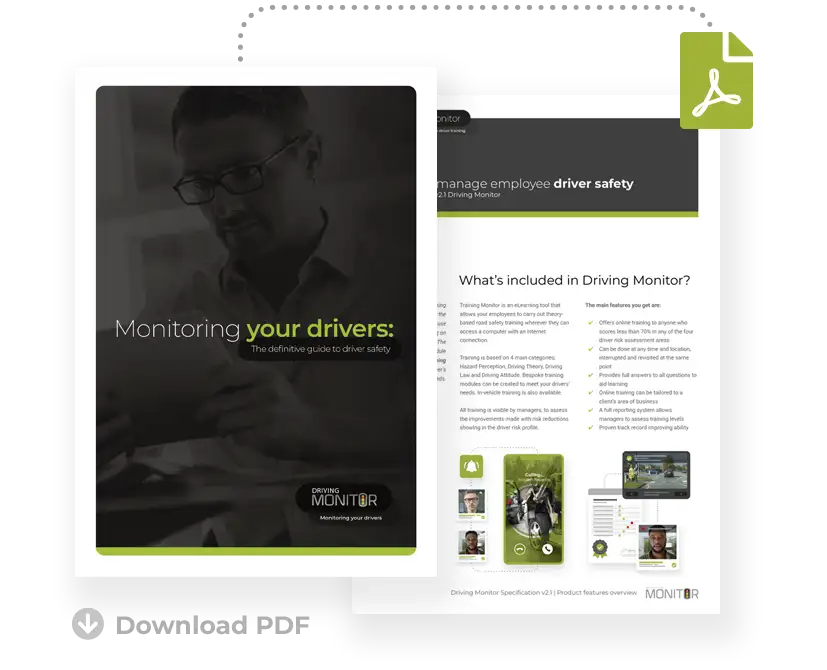Fleet operators urged to audit tyres in run-up to February legislation change

From 1st February next year, it will be illegal for commercial or public service vehicle drivers to have 10-year-old tyres fitted to their front axle.
The legislation will apply to buses, coaches, minibuses and goods vehicles with a maximum gross weight more than 3,500kg.
So the big question for fleet operators is this: are you keeping on top of your tyres?
If your fleet falls into the outlined category, have you conducted an audit already? Because time’s ticking and there’s not long to go before your drivers could find themselves inadvertently breaking the law from behind the wheel.
How will new legislation be enforced?
The Driver and Vehicle Standards Agency (DVSA) will conduct roadside checks and change the status of 10-year-old tyres for MOT testing.
From 1st February 2021, any affected tyres will be a “dangerous” test item resulting in automatic MOT failure, and the same rules will apply to private vehicles as well as those for public service.
Under the changes, tyre maintenance issues that involve public operators could also be reported to Traffic Commissioners, meaning they could then be considered during any resulting public inquiry.
Old tyres aren’t the only problem
In the run-up to the ban, there’s been an increasing number of incidents where vehicles have been found driving on inappropriate tyres. Vans on car tyres, cars on van tyres; that sort of thing (thankfully no reports of lorries on Mini tyres so far…).
The result? Fleet drivers end up travelling on tyres with the wrong load or speed rating for their vehicle. And in other instances, fleet drivers have been driving on a mixture of standard and run-flat technology products.
Doing so can invalidate manufacturers’ warranties, which is another good reason why you’d be sensible to check the state of your fleet sooner rather than later.
Michelin’s technical manager Brian Porteous said: “Vehicle manufacturers work incredibly hard to fine-tune their cars and vans to handle a certain way, and all of that can be upset if you fit a tyre which, although the correct size, might be intended for a different vehicle altogether. Driving on inappropriate tyres can also lead to reductions in fuel efficiency, passenger comfort and tyre life, plus a noisier ride.”
What should you be looking out for?
Fleet operators should remind themselves of the following guidance to amplify safety for their drivers and other road users:
- Check tyres meet the manufacturer’s required standards for load and speed, and do the same for any regulatory requirements too.
- Refer to vehicle handbooks and fit specific marked, homologated tyres wherever stipulated by the manufacturer.
- Fit new tyres to the rear of each vehicle annually to ensure that drivers have the best grip all year round.
- Make sure that tyres on the opposite ends of every axle are the same type to maximise vehicle stability and predictability.
- Only ever fit run-flat technology in full vehicle sets and check the manufacturer’s guidance as you do so.
- Never mix summer and winter tyres on one vehicle.
Are you ready for the ban to kick in on February 1st?










